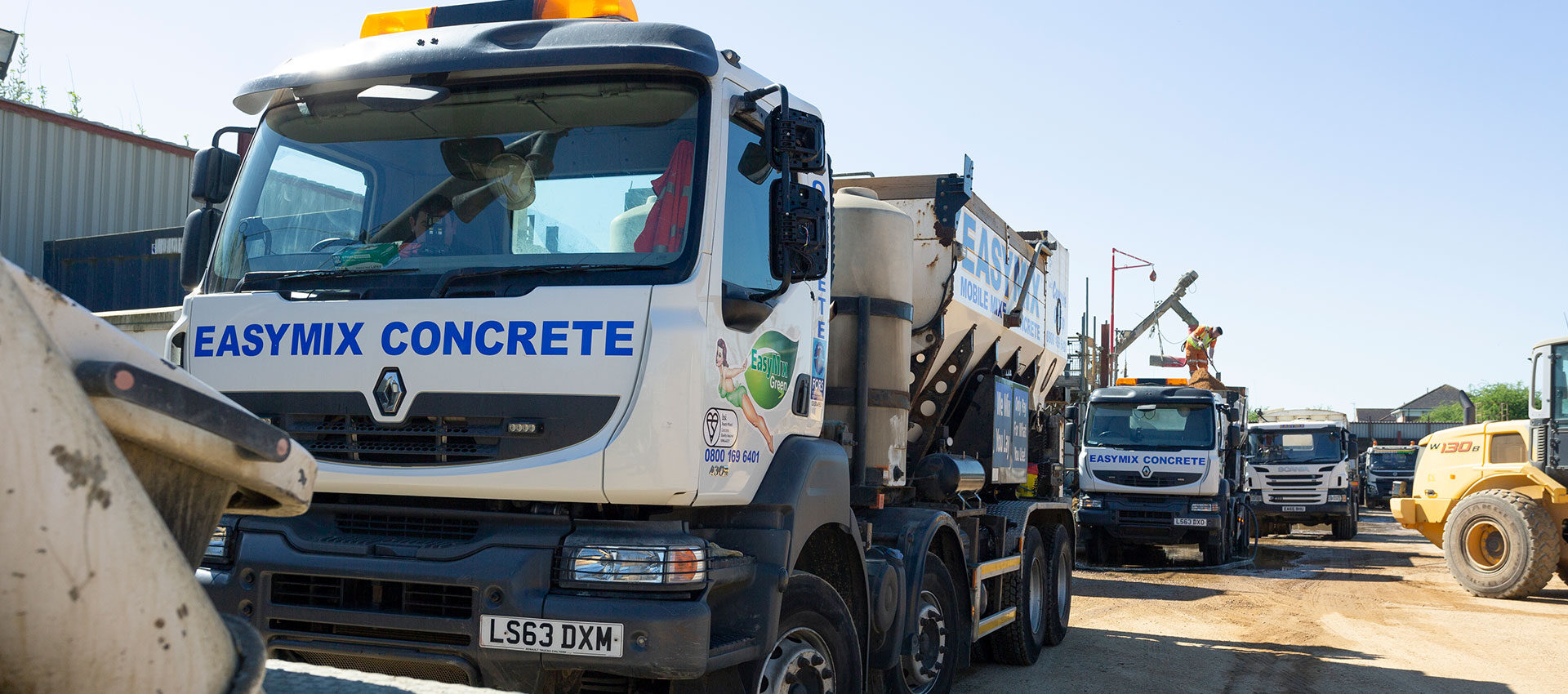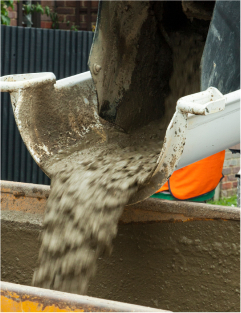
TOP 10 CONCRETE FAQS: INGREDIENTS, DURABILITY & MORE
Main Highlights:
- Concrete contains cement, water, and aggregates; it’s not just cement.
- It sets in 24-48 hours, fully strengthens in 28 days, and gets stronger over time.
- Various concrete mixes exist for different project needs.
- Concrete is long-lasting (up to 40 years), eco-friendly, locally sourced, and recyclable.
Is cement the same as concrete?
No, cement is not the same as concrete. Cement is a dry powder and a key ingredient of concrete, along with water and aggregates – usually sand, rock or gravel. The role of cement in concrete is to act as a binding agent to hold the mixture together.
What are the ingredients in concrete?
Concrete consists of water, aggregates and cement.
Cement is a dry powder that is created by heating quarried rocks at high temperatures, most typically shale, limestone or clay. It acts as the binding agent to hold the mixture together. Water is required to chemically react with the cement component, and the water/cement ratio dictates the final strength of the concrete. Aggregates are either sand, gravel or rocks and they give the concrete its structural volume.
How long does it take for concrete to set?
It takes concrete 24 – 48 hours to set. Seven days after being laid, concrete will achieve 70% of its full strength, and reach 100% full strength after 28 days. Over time, concrete will become progressively stronger due to the cement’s ability to form bonds with surrounding moisture particles.
What type of concrete do I need?
The type of concrete needed for an application will depend on the nature of the project. EasyMix offer many different types of concrete, including readymix concrete and volumetric concrete, along with a wide range of concrete mixes. View a full list of our available mixes, or simply get in touch with our friendly team to discuss your specifications.
How do I calculate the amount of concrete I need?
Calculating the amount of concrete you need for your project is straightforward – simply use EasyMix’s online concrete calculator.
Is concrete eco-friendly?
Whilst not traditionally classed as an environmentally-friendly product, concrete has eco-friendly elements to its creation. For example, concrete is sourced from natural rock and often extracted locally, meaning that minimal resources are required to transport it to the required location. At the end of its lifespan, concrete can be crushed and recycled.
How durable is concrete?
Concrete is an incredibly durable and high-strength product and these traits make it useful for a variety of applications, ranging from industrial to domestic. The longevity of concrete extends to 40 years, and the material also hardens with age.
Can I lay concrete when it’s raining or snowing?
Concrete can be laid when it’s raining or snowing, but only with proper preparation. Precipitation, such as rainwater or snow, can cause concrete to become soft and therefore ultimately decreasing its strength. This damage can be prevented by constructing a protective enclosure of wood and plastic sheeting around the area where the concrete will be laid.
Should I choose concrete or asphalt for my project?
Both concrete and asphalt are popular and useful materials that boast an array of pros and cons. To view a comparison of appearance, maintenance needs, durability, cost, and environmental impact, see our quick handy guide.
Are concrete floors cold?
Concrete floors can be cold, though not much colder than other commonly-used materials such as ceramic tiles or natural stone flooring. In summer, cooler floors can actually be advantageous and contribute towards lowering air conditioning costs.
Call us on 0800 169 6401
Locate your nearest branch
Find out if we deliver concrete to your area
Concrete Calculator
Calculate how much you will need
fast, reliable delivery!

This website uses cookies to enhance your browsing experience and deliver personalised ads. By clicking “Accept All Cookies”, you agree to the storing of cookies on your device to enhance site navigation, analyse site usage, and assist in our marketing efforts.


